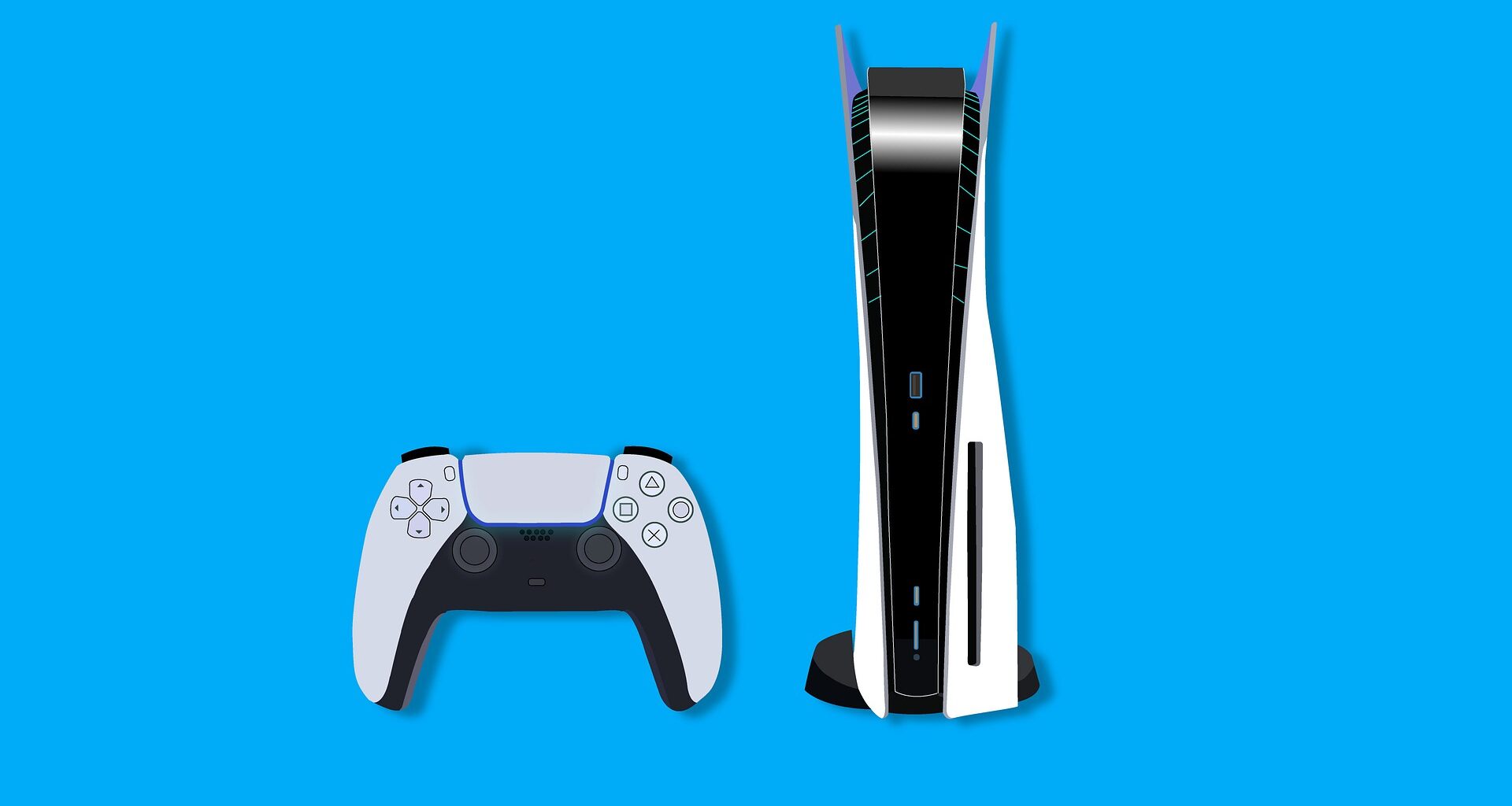Against all odds, I grabbed a new PlayStation 5 during one of those “in-stock for 30 seconds before we sell out” online mad rushes. It’s pretty surreal that, after 6 months of a new console launch, inventory is still so scarce scalpers are still able to dangle systems at 2× the MSRP and get desperate gamers to pay the premium. The same phenomenon is playing out with Microsoft’s new Xbox Series X console, and it’s somehow even more ridiculous with PC graphics cards as the dynamic there is constrained on both fronts: chip shortages on the supply side, and crypto mining on the demand side.
Anyway, as the name suggests, the PlayStation 5 is the 5th iteration of the PlayStation lineage of video game console, with the original PlayStation launching almost 25 years ago. At this point, many of the innovations that have marked previous console generational upgrades have been iterated to the point of maturity:
- 3D graphics and gameplay, jumping from the SNES era to the N64/PS1 era, is well-established;
- Analog sticks and the 4 face buttons + 4 top buttons controller is now standard;
- Controller rumble is also standard, with periodic strides made in haptic feedback;
- Online multiplayer is common;
- Extending a console’s utility with apps for streaming video and disc playback is expected, although Nintendo had always made decisions to go with proprietary disc and cart formats, and the Xbox One originally leaned too far into media box bits and retreated from that vision within a year.
Not to say that there’s nothing left for games to innovate on; this generation’s consoles bring with them fast SSDs and speedy load times, and when the game is optimized for the storage it’s reminiscent of gaming off of old NES/SNES cartridges. The PS5 also has new adaptive triggers1, and Sony will update its VR hardware to better complement their more powerful console in due time. I suppose the proliferation of all-you-can-play services like Xbox Game Pass, along with streaming services via Microsoft Project xCloud and Google Stadia and PS Now, are also nascent areas which will propel this generation of gaming forward.
But most software services don’t require new hardware, especially since last generation’s consoles were already pretty online-capable. In fact, one of the more striking contrasts with the PS5, compared to its PS4 ancestor, is the operating system UI; it is in some ways prettier than the old system, but its operation is much more primitive, lacking the refinement that the PS4 XrossMediaBar (XMB) enjoyed through years of refinement2. The emphasis on rounding out their games libraries with backwards-compatible games—PS4 for Sony, all the Xbox games for Microsoft—also belies the incremental improvement brought about this new console generation.
Granted, it’s still really early in the new generation lifecycle, and the “it doesn’t do that much different” criticism rings hollow when gamers are still clamoring for the chance to nab one anyway. For 2–3 generations now, people have predicted that this one would be the last major generation, that consoles will evolve to a much more iterative PC or smartphone hardware cycle. Yet, sales are somehow outpacing historical trends, which means that there’s just something about new consoles and their new hardware and hype that gets people excited.



